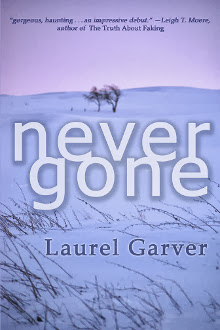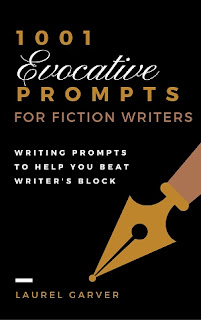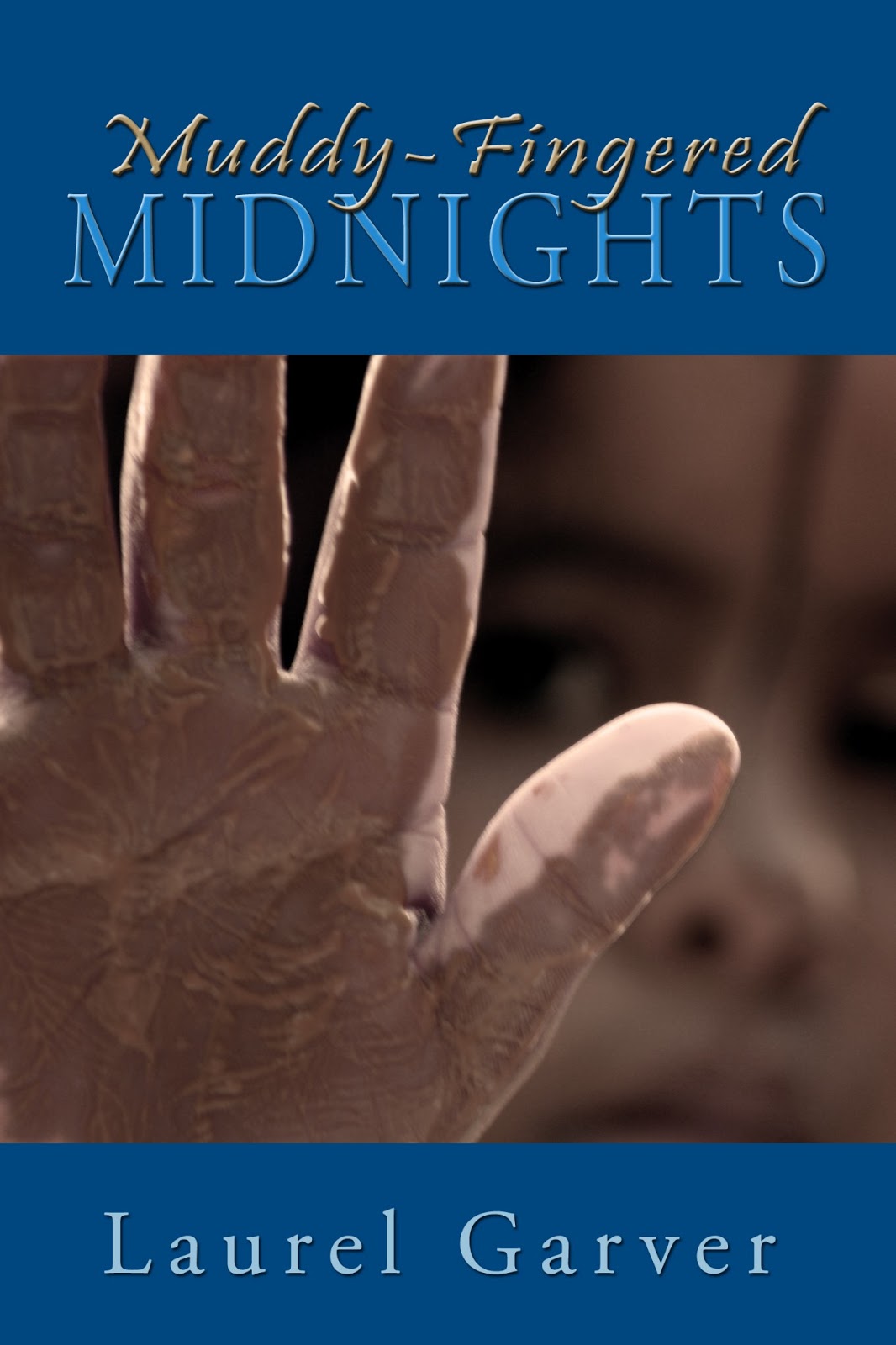We've all heard the advice "show, don't tell," but putting it into practice can be a challenge. Today I'd like to share one of my favorite techniques for showing how a character's mind has been shaped--associations.
Associations are “tip of the mind” thoughts that, like icebergs, show only a portion of the whole story. Most of the mass is hidden under the surface, whether it's a mass of history or emotion. Associations are a huge part of character voice because they tell a tremendous amount about a person in just a few words.
Think of the word-association games psychotherapists use. When your character hears the word “home,” does he think “fried chicken,” “fear,” or “fantasy”? Any one of these answers gives a window into an intriguing story.
Associations can be a shorthand way of showing what kind of past experiences the character has gone through, what he values, and what forms of culture shape him. Associations show up in the way characters describe things, and especially how they make comparisons, such as similes and metaphors.
Here are a few associations at work from my novel
Never Gone:
Images burst in my mind like sudden sun through stained glass.
This person is someone who frequents:
a. sport arenas
b. churches
c. suburban malls
“Crikey,” Uncle says. “We’re in Dante’s eighth circle of hell.”
This person is...
a. a man of the soil who works with his hands
b. an Irish dancer who dreams of becoming the next Michael Flatley
c. an educated bloke who has studied Classical literature
Side note:
Associations to other literature or film--allusions--can be used strategically to bring themes of the other work to bear on yours. Dante's eighth circle of hell is for "sowers of discord" (people who cause conflict and dissension between others) and their fate is to be cut to pieces. This is thematically important to the story, and the uncle's role especially.
The simile and metaphor in each of these examples pours a great deal of back story into the characters without my having to tell you "Dani grew up attending church every Sunday without fail," or "Uncle Philip took a First in Classics before attending law school." As a reader, I'm bored being told these rather dull facts.
It's far more interesting to see how life experiences shape the characters' minds. Don't you agree?
Tips for developing associations
1. Determine a few key environmental pieces for each character. Having more than one will make for an interesting, multi-layered personality, rather than a repetitive, one-note character.
They should be important for how the character interacts with others and moves the plot along. Be careful about this second bit--it's very easy for associations to become tangents that muddy the story rather than enhance it.
For example, my protagonist Danielle is a Christian artist who likes to read fantasy novels. Each of these pieces play into how she perceives the world. She's attuned to the spiritual aspects of life, she is visually driven and deeply imaginative. She tends to mentally rearrange what she sees so she can draw it the way she wants, which creates spiritual blindness in her. All three factors shape her motivations and the kinds of reactions she has to events.
2. Research the environmental factor and make a sheet of key terms, images, events, allusions, etc.
Some terms and images from Dani's character sheet:
steeples, stained glass, hymns, Psalms, kneeling, prayer, angels, demons, Jonah and the whale, the Good Shepherd, parable of the lost sheep
galleries, museums, Metropolitan, MoMA, Frick, sketch pad, charcoal, graphite, shade, stroke, cross-hatch, curve, line, plane, hue, perspective, vanishing point, orb, cone, cylinder, still life, landscape, portrait
castles, magic, Harry Potter, invisibility cloak, spells, Hogwarts, Hagrid, Lord of the Rings, Denethor and Faramir
3. Look for opportunities to layer associations into each character's thought life and dialogue. Associations most naturally occur when describing something or making comparisons.
How might using associations enhance your characterization? Which authors use this technique well?






















